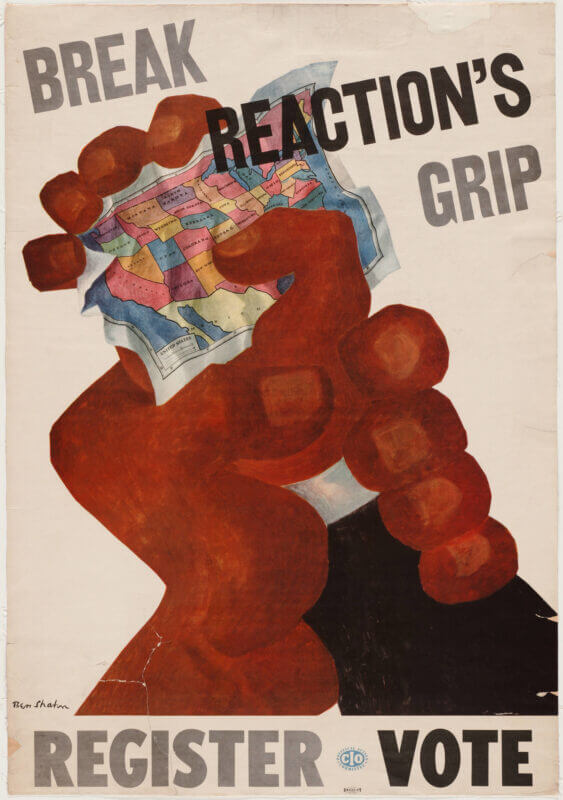Art Traveler
The 19th and 20th-century Vintage Posters: What a great time to be an Artist
My fascination with retro or vintage posters is like stepping into a time capsule that transports me to eras long past. These posters possess an inexplicable charm, capturing the essence of a bygone era in a way that modern design often fails to achieve. The intricate details, muted color palettes and unique typography of these posters tell stories of a different time, evoking a sense of nostalgia that resonates even with those who never experienced early 20th-century design and illustration.
Each poster serves as a visual snapshot of history, reflecting the prevailing cultural, social and artistic trends of its time. The craftsmanship evident in these posters, created before the digital age, exudes a tangible authenticity that today’s digital creations sometimes lack. The limited technological tools of the past forced artists to rely on their ingenuity and creativity, resulting in designs that are both visually stunning and intellectually stimulating.

Vintage posters have been used for a variety of purposes throughout history, serving as a means of communication, advertisement, propaganda, and artistic expression. Here are some of the common uses of vintage posters:
- Advertisement: Vintage posters were often used as a form of advertising for products, events, services or entertainment. They would showcase the features and benefits of a product or event in a visually appealing and eye-catching way. For example, posters were used to promote travel destinations, movies, consumer goods, and more.

- Events: Posters were a popular way to promote upcoming events such as concerts, theatrical performances, exhibitions and fairs. They would include details like dates, times, venues and performers to attract an audience.
- Propaganda: During times of war and political upheaval, posters were employed as a tool for spreading propaganda messages. Governments and organizations would use posters to rally support for their causes, encourage enlistment or convey messages to the public.
- Public Information:Vintage posters were also used to convey important public information, such as safety guidelines, health tips and emergency procedures.

- Artistic Expression: Many vintage posters were created by artists who used the medium as a form of artistic expression. These posters often featured intricate designs, bold colors and creative typography, reflecting the artistic trends of their respective time periods.
- Political Campaigns: Posters were commonly used in political campaigns to promote candidates and their platforms. These posters aimed to attract voters and create a strong visual presence for a particular candidate or party.
- Social Causes: Various social and cultural movements utilized posters to raise awareness about issues such as civil rights, women’s suffrage, labor rights and environmental conservation.

- Decoration: Posters have also been used for decorative purposes, adorning walls and spaces with visually appealing artwork, motivational quotes or iconic imagery.
- Collectibles: Over time, vintage posters have gained value as collectible items.
People appreciate the historical significance, artistic value and nostalgia associated with these posters, leading to a market for buying and selling vintage posters.
Overall, vintage posters have played a significant role in communication, culture, and history, offering a glimpse into the past and reflecting the values and trends of their respective eras.

Collecting and admiring retro or vintage posters is not just about aesthetics; it’s about appreciating the cultural significance and historical context they carry. These posters provide a tangible connection to the past, allowing us to explore the aesthetics, values, and aspirations of generations that came before us. In a world dominated by sleek and modern design, my fascination with retro posters stems from their ability to transport me to a different time and offer a glimpse into the artistic and cultural heritage that has shaped our present.
If you’re interested in reviewing some of the more notable vintage and retro poster
artists, each with their own unique styles and contributions. This list represents a small sampling of the many artists who made significant contributions to this art form.
- Alphonse Mucha: A Czech artist known for his intricate Art Nouveau posters featuring elegant, ethereal figures and decorative elements.
- Leonetto Cappiello: An Italian-French artist who revolutionized advertising with his bold and humorous posters, often using exaggerated characters and vivid colors.

- Henri de Toulouse-Lautrec: A French painter and illustrator who created iconic posters depicting the lively nightlife of Paris, particularly focusing on cabarets and performers.
- A.M. Cassandre: A French artist known for his sleek and geometric Art Deco posters, combining modern typography with striking imagery.
- Edward McKnight Kauffer: An American-born artist who worked in both Europe and the United States, known for his avant-garde designs and innovative use of color and composition.

- David Lance Goines: An American artist known for his hand-crafted posters with a vintage feel, often promoting cultural events and businesses in the San Francisco Bay Area.
- Raymond Savignac: A French graphic artist famous for his humorous and clever advertising posters that often featured whimsical illustrations and witty wordplay.
- WPA Poster Artists: During the Great Depression, artists employed by the Works Progress Administration (WPA) created a series of posters promoting various government programs, events and public health initiatives, showcasing a range of artistic styles.
The retro poster genre has morphed into many forms which many modern artists seek to recreate and have much success doing it. I enjoy studying these interesting works to help create my own current versions of this genre. You can view some of the work here on this website.

